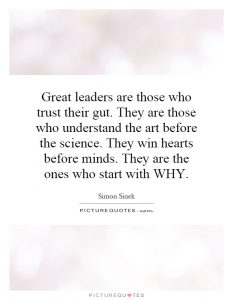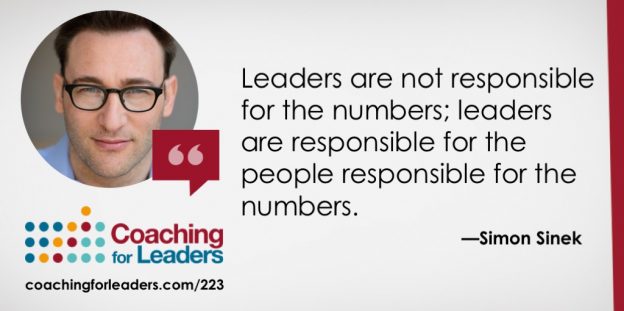Leadership is extremely important in business and the world in general. When I think of leadership direction, guidance and visionary are the words that come to my mind however, Simon Sinek a author, motivational speaker and marketing consultant has a very unique and simple perspective on how leaders inspire actions. He uses his golden circle theory to explain how leaders who inspire start with the question why rather than what. He talks about how inspirational leaders from Dr. Martin Luther King Junior, Apple and the W right Brothers act, behave and think completely oppositely to others and that there is a pattern to their behaviour. Before going further I recommend you watch his Ted Talk. When I first watched his Ted Talk it reminded me on our first exercise as a group in defining a good leader where we picked characteristics that we best thought defines a good leader. Simon Sinek seems to have a much simpler approach in identifying good leaders that inspire actions.
right Brothers act, behave and think completely oppositely to others and that there is a pattern to their behaviour. Before going further I recommend you watch his Ted Talk. When I first watched his Ted Talk it reminded me on our first exercise as a group in defining a good leader where we picked characteristics that we best thought defines a good leader. Simon Sinek seems to have a much simpler approach in identifying good leaders that inspire actions.
His model explain’s that inspirational leaders always ask the question why they are about to undertake an action and then develop the how they are going to do it and that leads to the what. He uses Dr. King really well as an example to explain how the leader managed to get 200,000 people to come to his speech without one flyer/poster and with no effort to get people to know he was speaking. He said that Martin Luther King went around and said what he believed in and by doing that people who believed in what he said took his cause to be their own. He then went on to explain that none of the people showed up for the leader but for themselves because it was fundamentally what they believed in. Mr Sinek believes that leaders who start with the why and go down to their beliefs and reasoning to doing something are those who inspire action, “people buy why you do it not what you do”. It is nothing to do with being visionary or ‘Machiavellian’ but about understanding why you are doing something and preaching that and followers who in return will give their blood sweat and tears and results will automatically be achieved.
Personally I resonated with this as leaders are not responsible for the result but for creating the right environment for their followers to get that result. Most leaders forget this and it what leads to non action by followers. Take education as an example, Leaders in education are more focused on results and performance of their students that they are creating an environment where students only go to schools to get results and not to learn. If the leaders in education begin to change their perspective and focus on providing an environment that stimulates the desire for a child to learn for the sake of learning instead of results students will naturally become more engaged in class. This is because they have an intrinsic appreciation for what they are learning through seeing the benefit of learning beyond the result. This is true not only for education but for any leader that wants people to be highly engaged within their organizations.
where students only go to schools to get results and not to learn. If the leaders in education begin to change their perspective and focus on providing an environment that stimulates the desire for a child to learn for the sake of learning instead of results students will naturally become more engaged in class. This is because they have an intrinsic appreciation for what they are learning through seeing the benefit of learning beyond the result. This is true not only for education but for any leader that wants people to be highly engaged within their organizations.
Picture Links: –
http://coachingforleaders.com/podcast/223/
http://coachingforleaders.com/podcast/223/
Ted Talk Link: